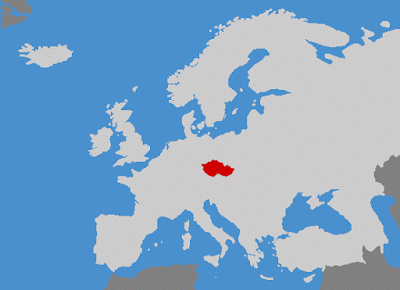(from my colleague Dr. Win Thin)
The Czech National Bank (CNB) ended the EUR/CZK floor today. Timing was a little earlier than expected, but rising inflation and a robust economy warranted it. We think it’s too soon to talk about a rate hike, as we expect the koruna to overshoot to the strong side.

POLICY OUTLOOK
Price pressures are rising, with CPI accelerating to 2.5% y/y in February. March data will be reported April 10, with consensus at 2.6% y/y. If so, this would be the highest rate since November 2012 and is creeping closer to the top of the 1-3% target range. Given low base effects from 2016, we see risks that inflation moves above the target range this year. Core CPI and PPI measures are also accelerating.
The worsening inflation outlook supported the case for an exit from the koruna cap. While officials warned that rate hikes are now on the table, we see no move near-term. Upcoming central bank policy meetings are May 4 and June 29. We see very little risk of a rate hike at either one, despite Governor Rusnok’s warning today that a May hike can’t be rule out.
Looking ahead, a rate hike is possible in H2, but a lot will depend on how strong the koruna gets. For a small open economy, a stronger currency can dramatically tighten monetary conditions. If EUR/CZK continues to drop, then rate hikes on top of that would simply be too aggressive. On the other hand, if EUR/CZK rebounds and moves higher, then the central bank would have more leeway to hike interest rates.
Whatever the rate path is, we expect it will be very cautious. Just as the Fed is concerned about the potential impact of exiting unconventional policies (shrinking the balance sheet), so too will the CNB be cautious after exiting the EUR/CZK floor.
Foreign reserves have exploded due to the FX intervention needed to maintain the EUR/CZK floor near 27. They rose to $111.7 bln (EUR105.4 bln) in February, up from $47.5 bln (EUR34.8 bln) in October 2013 (the floor was put into place in November 2013). We expect the central bank to intervene as needed in the coming months. March reserves will be reported tomorrow, but the more important reading will be April so that markets can gauge whether the CNB will still intervene aggressively after the cap ended.













Leave A Comment